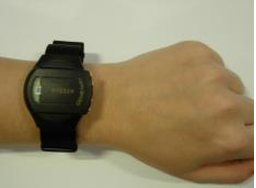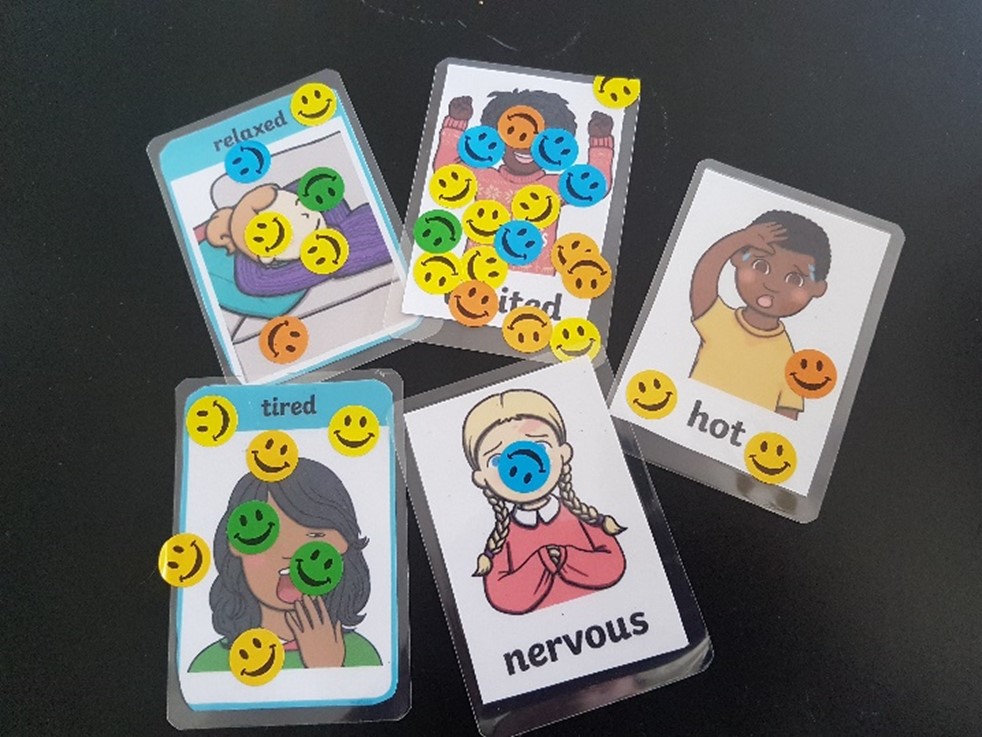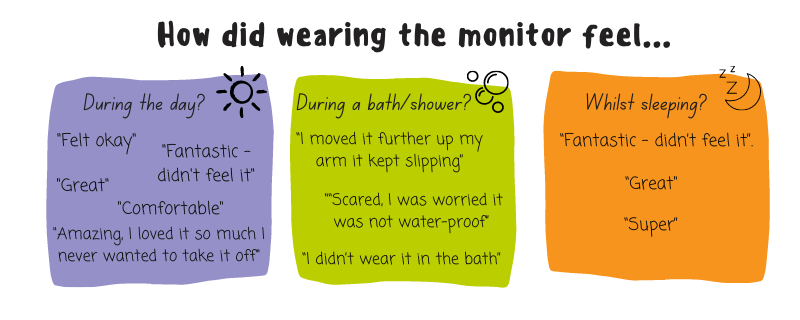- My Imperial Global Development Fellows Fund Placement at Imperial
- Researchers and community members working together to shape research on respiratory infections in young children
- HOPE for Hand Osteoarthritis
- Having an Impact with Public Involvement in Paediatric Intensive Care Research
- Public engagement and involvement at the Cardiomyopathy UK conference: When researchers and the public meet
In conversation with: Dr Bina Ram, Postdoctoral Research Associate working within the Child Health Unit, Department of Primary Care and Public Health, Imperial College, London
What is your research about and what did you do?
Our research is the iMprOVE cohort study which is investigating children’s physical activity and mental health in primary schools that do and do not implement physical activity interventions. Regular physical activity is known to have many health benefits but only half of children in England meet the recommended guidelines of 60 minutes of physical activity per day. School-based physical activity interventions have been recommended by England’s National Obesity Plan and have the potential to reach all children across society. However, there is currently little evidence on any long-term benefits of these interventions. We will measure physical and mental health of children in Year 1 (aged 5 to 6 years) in primary schools, and follow-up the same children in each year of primary school.
 We wanted to pilot a wrist-worn physical activity monitor that we will be giving the children in our study to wear for 7 days. We therefore carried out a workshop with Year 1 primary school children to find out why they think physical activity may be important. We gave them a monitor to wear for one week (to be worn all day and night, every day, for 7 days). A week later, we carried out a follow-up workshop to find out how the children got on with wearing the monitors.
We wanted to pilot a wrist-worn physical activity monitor that we will be giving the children in our study to wear for 7 days. We therefore carried out a workshop with Year 1 primary school children to find out why they think physical activity may be important. We gave them a monitor to wear for one week (to be worn all day and night, every day, for 7 days). A week later, we carried out a follow-up workshop to find out how the children got on with wearing the monitors.
What were you trying to achieve?
Our overall aim was to capture children’s experiences of wearing the monitor, i.e., its comfort and fit during the day and evening, during activities, whilst sleeping, and whilst having a bath/shower (i.e., the acceptability of wearing the monitor). We wanted to identify any concerns, issues, or problems from the children so that we can overcome these in advance of using this measure in our study, as well as using their questions about the monitor to inform our information leaflet for children.
Before issuing the monitors to the children, we had discussions with them about physical activity and we then asked them how they were feeling (using picture cards and smiley face stickers; see below) before and after we involved them in a ‘Just Dance’ physical activity.

Options included feeling: ‘relaxed’, ‘excited’, ‘hot’, ‘tired’ and ‘nervous’
Who did you involve and how did you find them?
We recruited Elsley Primary School based in north-west London which was selected from a response to a school survey that we had sent to all state-funded primary schools in Greater London. The school’s PE Specialist Teacher (Mr Wilke) and the Headteacher (Mr Moss) were keen to get involved with our research and have been very supportive with helping us to carry out the workshops at their school.
Were the children you involved given any training?
No formal training was required. Through working on several large-scale research cohort studies, I have extensive experience of carrying out health and developmental assessments on children. Esta Orchard, the facilitator who led the first workshop, is an expert in engaging children and young people in research. Mr Wilke was present throughout both workshops.
Did you achieve what you set out to do?
The discussion and feedback from the children helped us to design our children’s information leaflet by using the right language and questions of interest for 5 to 6 year old children.
In our first workshop, we asked: why is exercise important?
Responses included: “Gives us energy”; “Helps us to grow”; “Keeps us fit”; “Helps you to eat more healthily”; “Makes us strong”; “It helps you to sleep well”.
The feedback from wearing the monitors also provided valuable information. We asked: how comfortable did you find the monitor – the good things and not-so-good things?
For the good things, responses included: “Felt great, did not hurt”; “I liked it, it was soft and comfortable”; “Soft”.
For the not-so-good things, responses included: “Too loose, worried it would fall off”; “Itchy”.
The children were also asked whether there were any problems with the strap. Responses ranged from “No problems” to “it was itchy and I had to take it off”. Some children said ”Comfortable but a bit loose”.
They also provide feedback on how wearing the monitor felt at different parts of their day (see below image for feedback)

What impact did being involved have on the children involved?
The children were very excited that their feedback was helping to shape public health science research. They had lots of questions about how their feedback will be used and how the monitors collected information.
What was the most challenging part of doing public involvement with children and how did you overcome it?
During our first workshop, we noticed that children’s responses to our questions were influenced by how other children responded. For example, after the ‘Just Dance’ activity, one child said, “my heart is beating so fast” and each child thereafter responded with how fast their heart was beating. For the second workshop, I divided the children into small groups to try and avoid the same responses.
What advice would you give other researchers interested in doing something like this?
Depending on your target age-range and research field, ensure that activities, materials, and language used is age appropriate. For example, we replaced the term ‘physical activity’ with ‘exercise’ and ’body movement’ to ensure our target age group understood what we meant by physical activity.
Also, ensure you give all participants an equal chance to speak – some are more vocal than others!
So, what’s next?
This workshop is part of an ongoing relationship we have with the Elsley Primary School and we are exploring and developing the partnership so that it will be mutually beneficial. We are planning to create a child, parent, and teacher advisory group who we can seek advice and guidance on our study materials (i.e., questionnaires). We are also keen to identify from these groups what would encourage or motivate them to get involved with our research. Their suggestions and feedback will help us to plan our recruitment approach and design our study information leaflets. Regular use of our advisory group will also help us to translate our findings to the public. We hope to work closely and collaboratively with Elsley Primary School throughout our study
